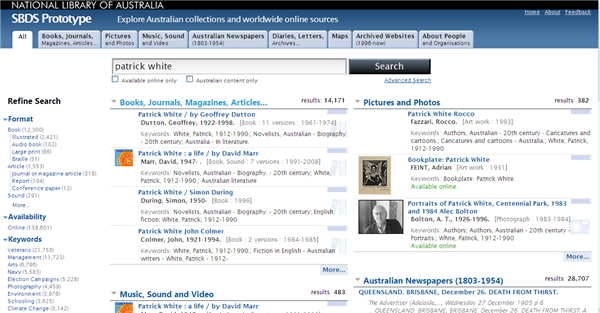


Their use was therefore initially restricted to the lines around Adelaide and to the Intercolonial railway between Adelaide and Melbourne which was completed in 1887.

South Australian Railways Narrow Gauge locomotive T241Initially adopted by New South Wales, Victoria, South Australia and Tasmania, these tracks could carry trains at higher speeds and passengers in greater comfort than narrower gauges but they were much more expensive to build. The problem was greatly reduced in 1995 with the "One Nation" project ensuring each Australian mainland capital city was connected with uninterrupted standard gauge lines. South Australian Railways Broad Gauge locomotive 620 on public display at the Centenary Exhibition at the Wayville showgrounds shortly before being introduced to the service in 1936A notorious hindrance to the economic development of Australia was each State operating its railways to different gauges – a problem no better illustrated than in SA, which by 1917, had lines built in three different gauges. However good crops led many to ignore Goyder's advice and settlement occurred beyond Goyder's line, and for a few years there were even thoughts of farming the desert with a catch cry of "rainfall follows the plough"! Unfortunately Goyder's warnings were realised and poor return from many farms resulted in some lines being placed under threat of closure – even in the mid-1900s. In 1865 South Australia's Surveyor General, George Goyder, established a "Line of Rainfall", past which rainfall was not reliable enough to support cropping. To serve the mining and pastoral industries in the far north of the state, the Great Northern Railway was built from Port Augusta to Quorn in 1879, with the line reaching Marree in 1883, and Oodnadatta in 1891. Later, during the 1880s, efforts were made to centralise the system and eventually all lines, except for those on Eyre Peninsula, were linked to Adelaide. The early lines were short, disconnected lines built in the direction of the nearest port such as Port Broughton – Mundoora (horse drawn), Port Pirie – Crystal Brook and Port Wakefield – Balaklava. The Kapunda line was then pushed through to Morgan to capture Murray River paddle steamer trade from up-stream. An extension, branching off at Roseworthy, was completed in 1870 to serve the mines at Burra. By 1860 a railway had been built to Kapunda where copper was first discovered in 1843 – and soon became the State's largest wheat receiving station. This was the first Government built and owned steam railway in the British Empire.

Our State-owned railways began with the opening, on 19th April 1856, of the 12km broad gauge railway between Adelaide and Port Adelaide. The Formation of the South Australia Railways (SAR) Port Elliot soon proved unsuitable for shipping and the line was extended to Victor Harbor in 1864. This was the first line to be laid with iron rails in Australia and was opened on the 18th of May 1854. The first line to be constructed in South Australia was a 10 kilometre broad gauge (1600 mm) horse drawn tramway between the Murray River port of Goolwa and Port Elliot. Railways became an integral part of the State controlled occupation of new lands and expansion of mining, farming and pastoralism, the mainstays of our early economy. Governor Hindmarsh arrived in 1836 at a time when technological advances in agriculture and transport were to play a large role in the development of South Australia. South Australia is one of the youngest colonies in the nation, and the only one which resulted from extensive planning prior to settlement.


 0 kommentar(er)
0 kommentar(er)
